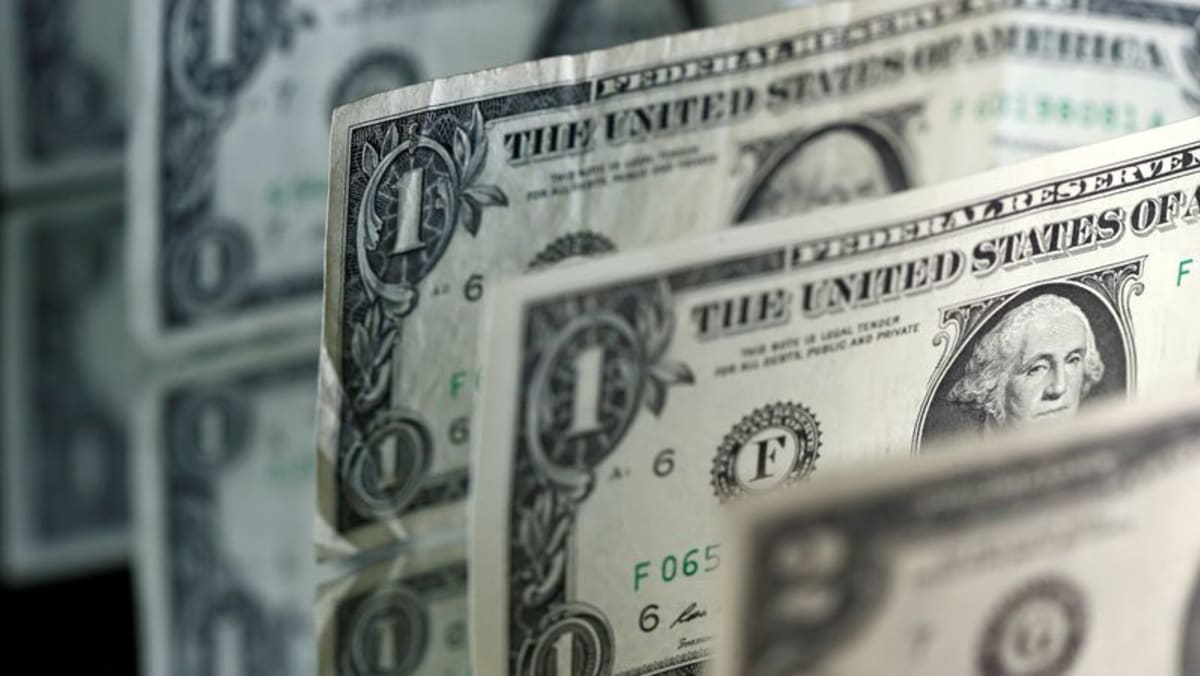Trade economists were scratching their heads at the formula used by the White House to measure trade imbalances and inflict punishment on all its global trading partners.
Handed a chart in the White House Rose Garden on Wednesday (Apr 2), US President Donald Trump presented the rationale for how his administration would impose reciprocal tariffs on partners ranging from major powers like China and Europe to the smallest nations.
For China, Trump imposed 34 per cent of tariffs on goods, on top of an earlier 20 per cent, taking it to a total of 54 per cent. Key ally the European Union was slapped with 20 per cent tariffs, Japan 24 per cent and India 26 per cent.
Other trading partners would receive a 10 per cent baseline tariff on all imports to the US.
To determine how much higher those nations' rates should be, the White House says it calculated the size of each country’s trade imbalance on goods with the United States, divided that by how much America imports from that nation and turned it into a percentage figure.
It then took half that percentage and made it the new tariff rate.
The White House says its calculations kept new tariffs from going even higher for many countries and demonstrate that Trump is being “kind” to global trading partners.
The administration maintains that creating a baseline levy of 10 per cent with few exemptions is necessary to keep China and others from skirting the new tariffs by manufacturing goods and then shipping them to Vietnam, Cambodia, Mexico or elsewhere to then be sent to the US.
The figures presented bear little resemblance to actual tariff levels, however.
"This is to economics what creationism is to biology, astrology is to astronomy," former Treasury Secretary Larry Summers posted on X.
While Trump's chart claims China imposes a 67 per cent tariff on American products, World Trade Organization data shows China's average tariff in 2024 was just 4.9 per cent.
Similar discrepancies exist for the European Union (39 per cent versus 1.7 per cent) and India (52 per cent versus 6.2 per cent).
Administration officials explained they incorporated factors beyond tariffs, including environmental standards and "currency manipulation and trade barriers".
To most economists, Trump's obsession with deficits dismisses the intricacies of the US economy, the world's biggest, where a company like Apple manufactures 90 per cent of its products abroad, but delivers huge wealth domestically.
"There's so much wrong with this approach that it's hard to know where to start," Nobel laureate Paul Krugman, a trade economist and frequent Trump critic, wrote on his blog.
Mary Lovely, Senior Fellow at the Peterson Institute, said "there is really no methodology there".
"It is like finding you have cancer and finding the medication is based on your weight divided by your age. The word 'reciprocal' is deeply misleading," she added.
John Denton, head of the International Chamber of Commerce, said that "the biggest losers are Africa and Southeast Asia".
Countries such as Madagascar, Lesotho, Cambodia and Laos face tariffs above 47 per cent.
There were also countries that were unaffected by the tariffs, such as Iran, North Korea, Cuba, Belarus and Venezuela.
US officials said that is because sanctions and other existing barriers mean the country has so little trade with those places that deficits are minimal.
White House officials insist the new tariffs are more about closing trade deficits, stimulating US manufacturing and generating government revenue than eventually negotiating new trading deals.
Trump's administration has said the president is always ready to make deals - a sign the new tariffs may prove to be more of a bargaining chip than a permanent policy.
Flying to Florida aboard Air Force One on Thursday, Trump said of making possible deals to reduce tariffs imposed around the world going forward: “Every country’s called us.”
“We put ourselves in the driver’s seat," he said. "If we would have asked some of these countries, or most of these countries, to do us a favour, they would have said, No. Now they’ll do anything for us.”
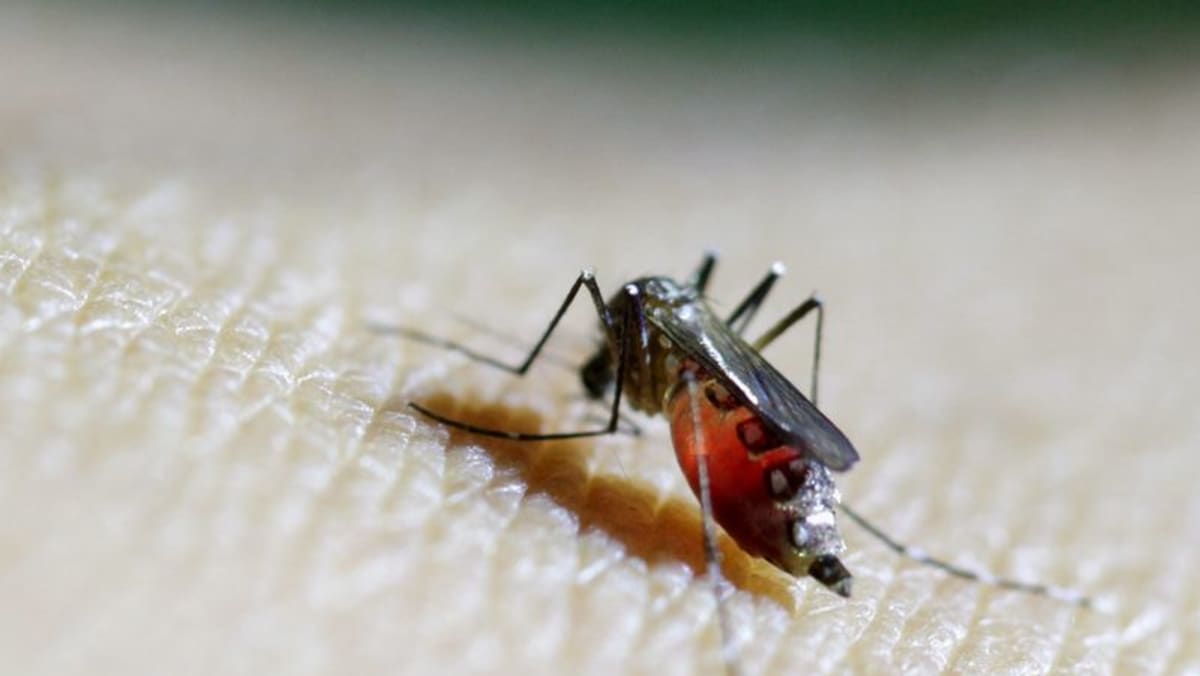
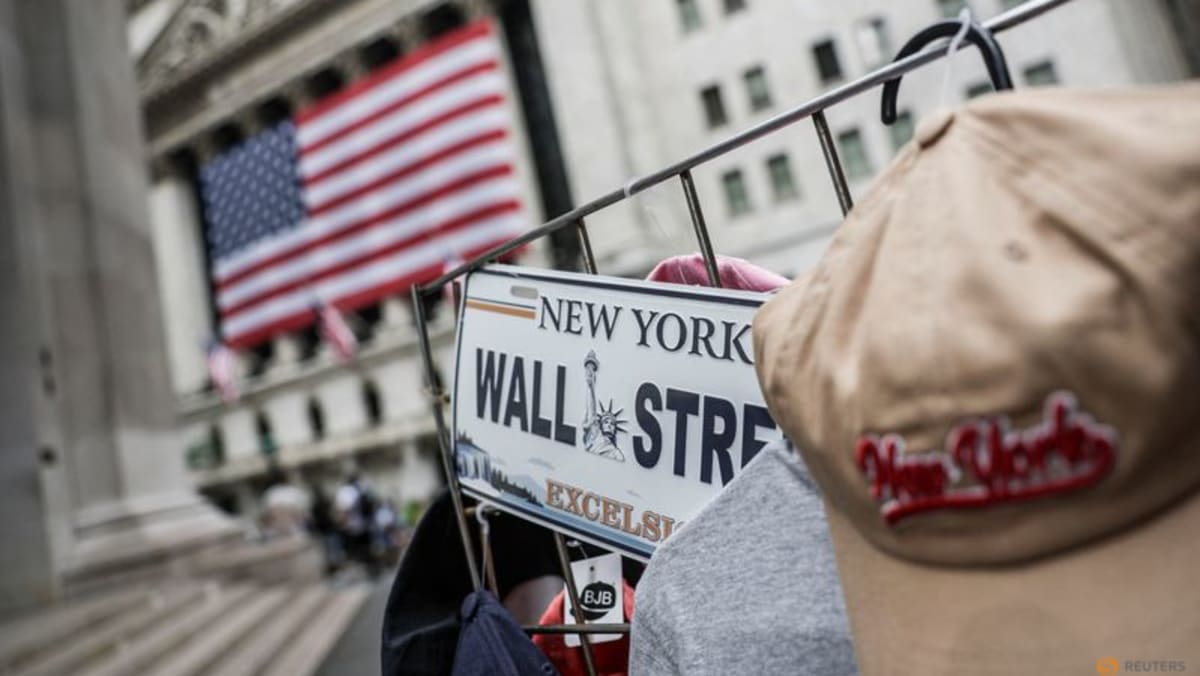

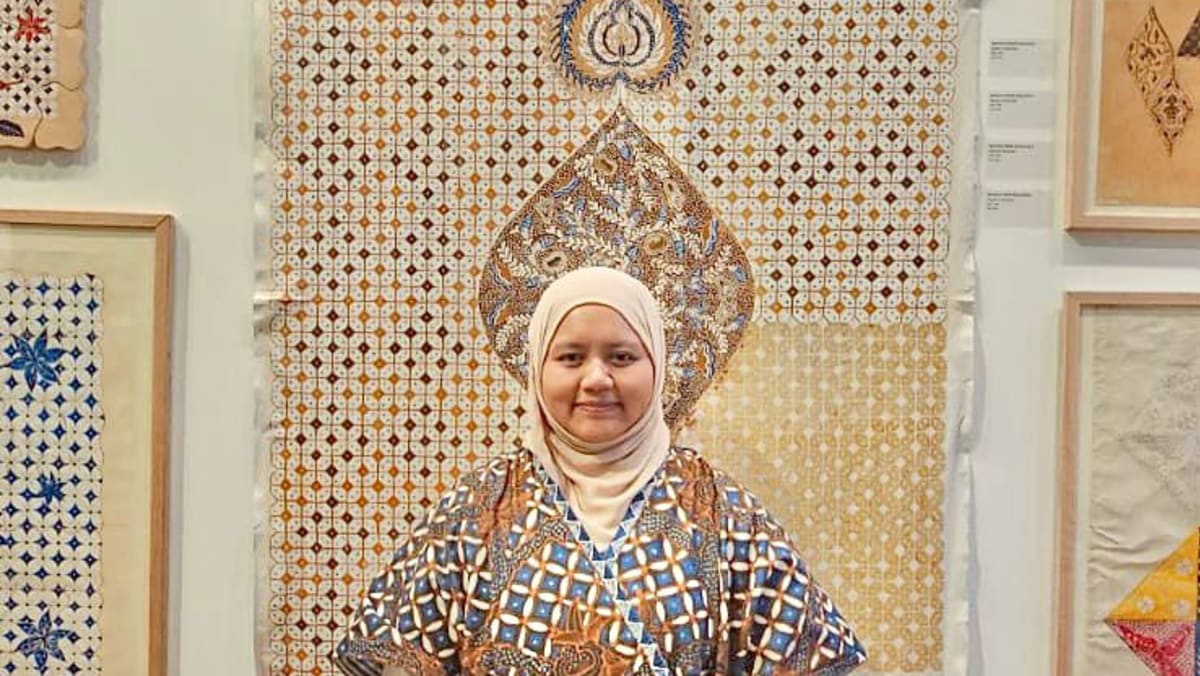
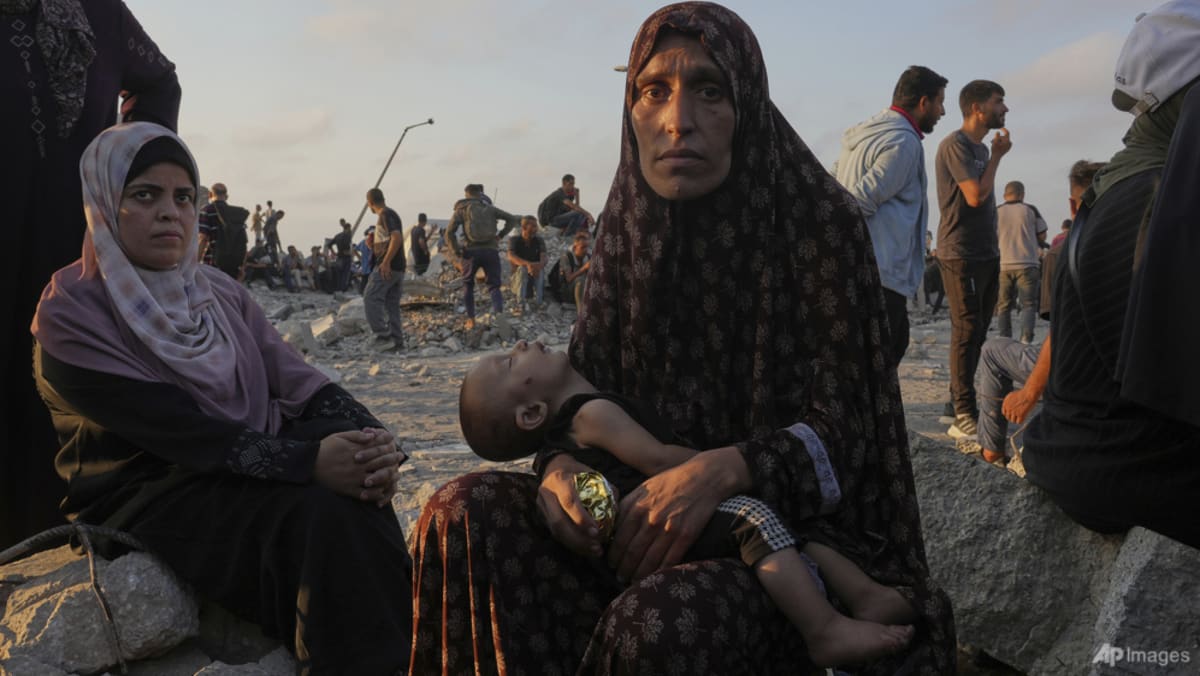







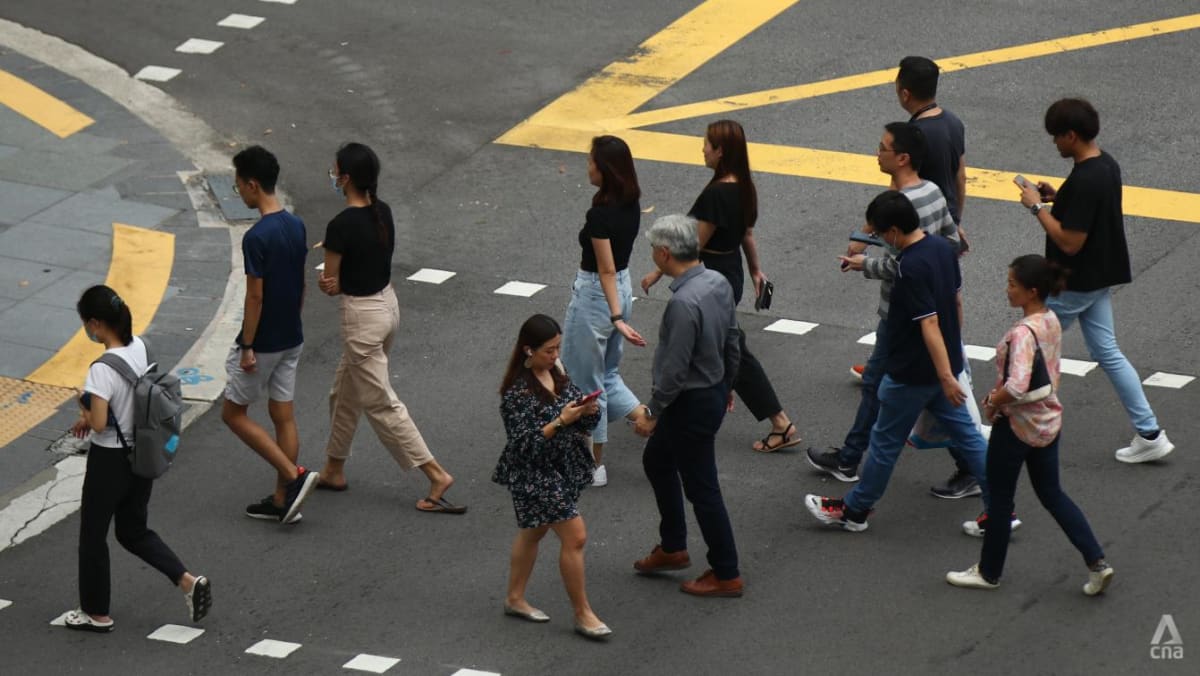

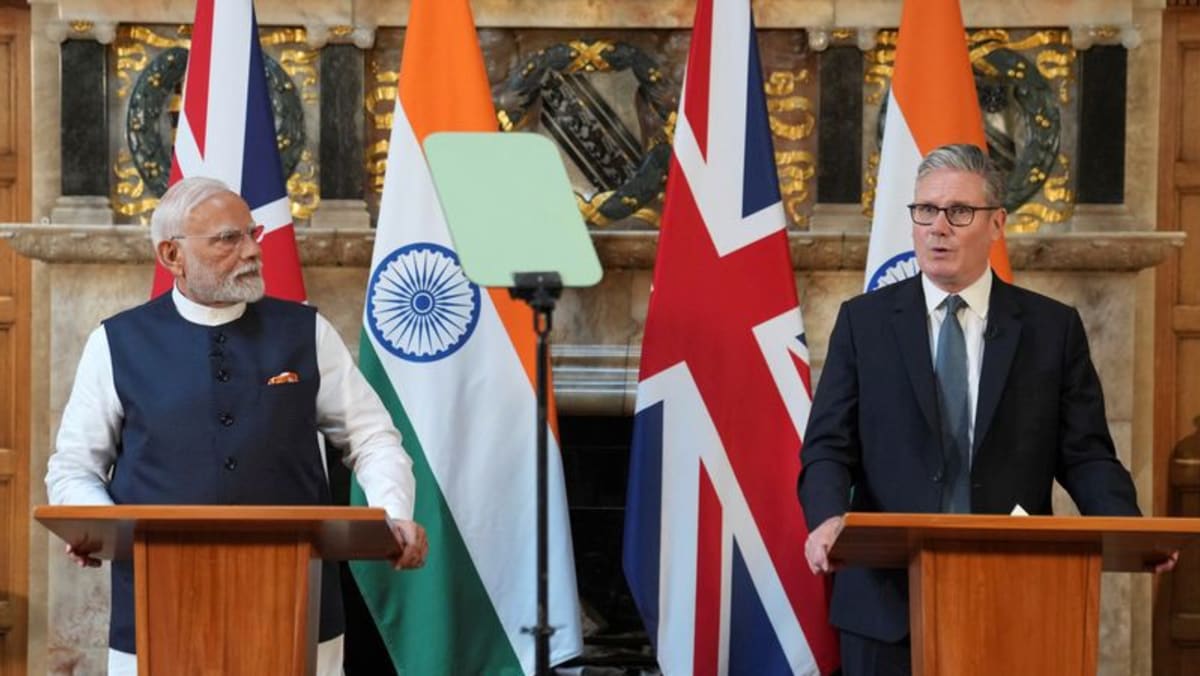
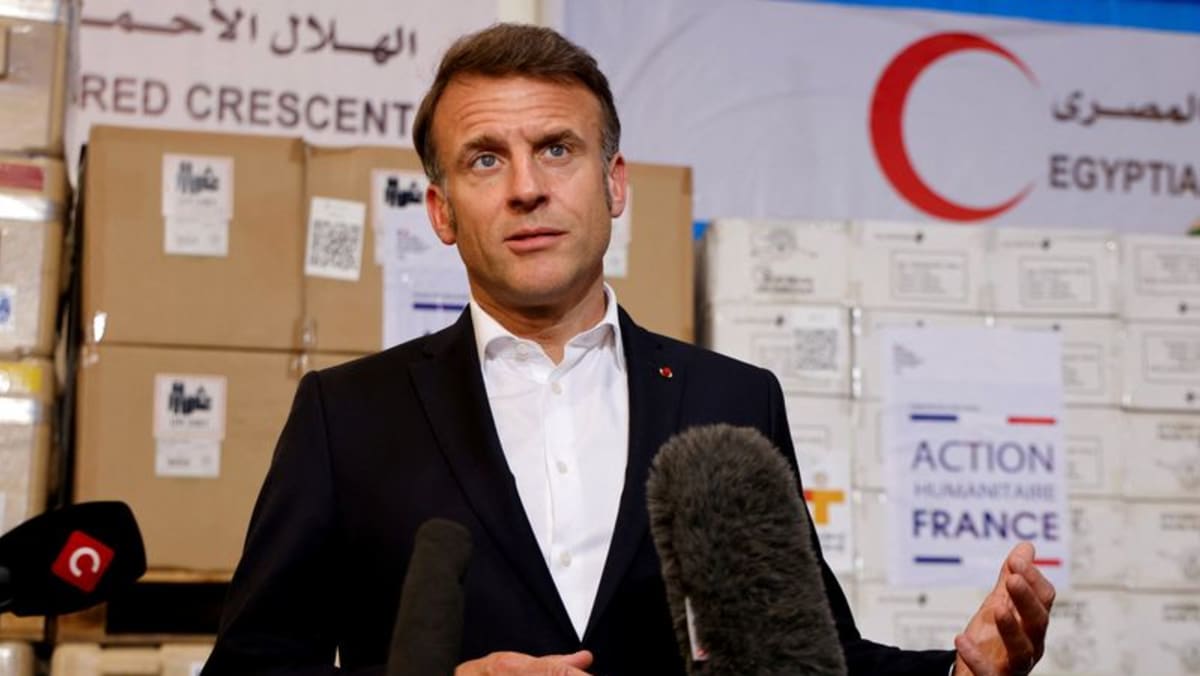


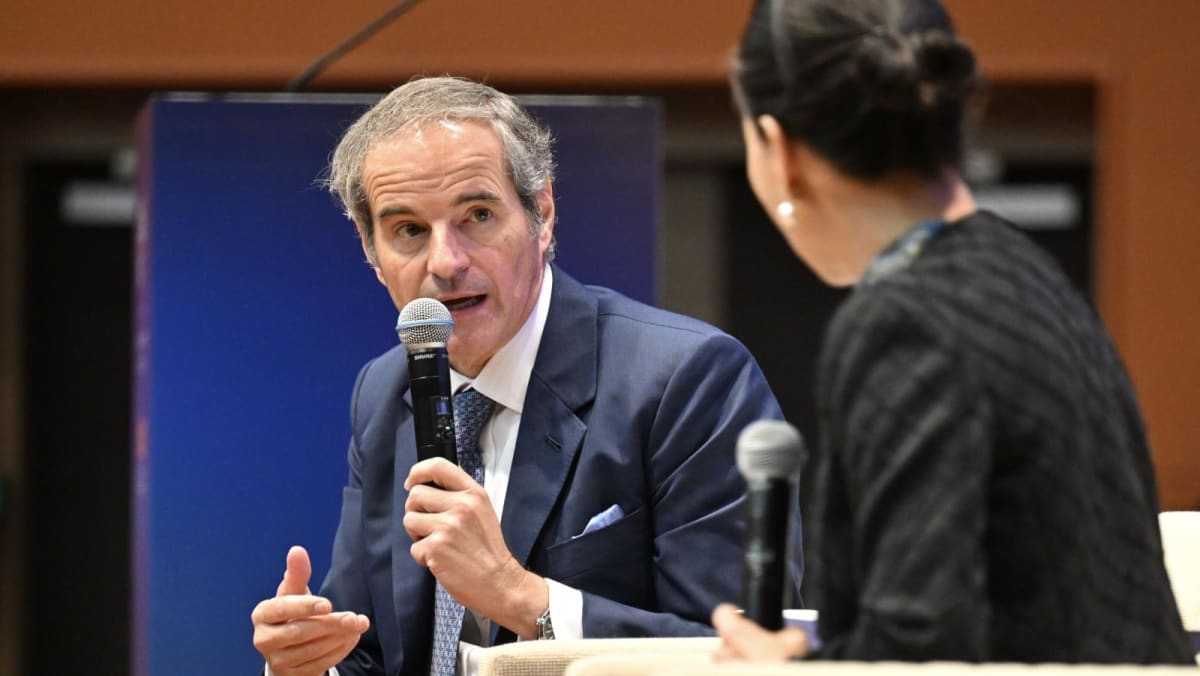










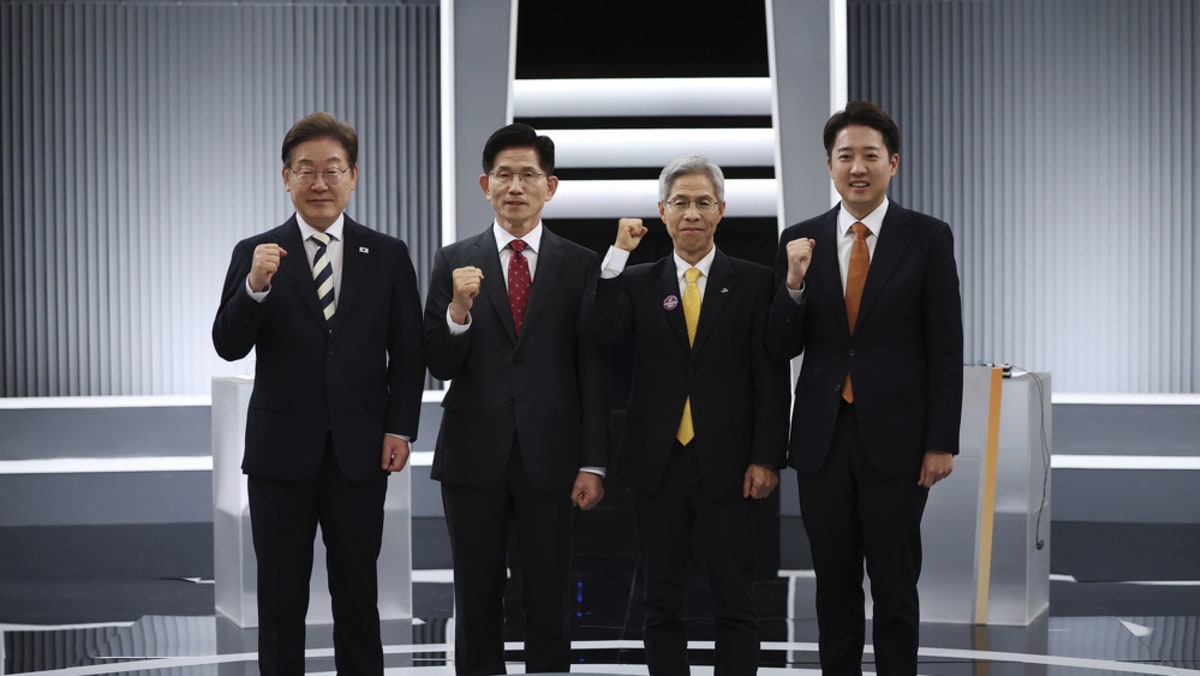


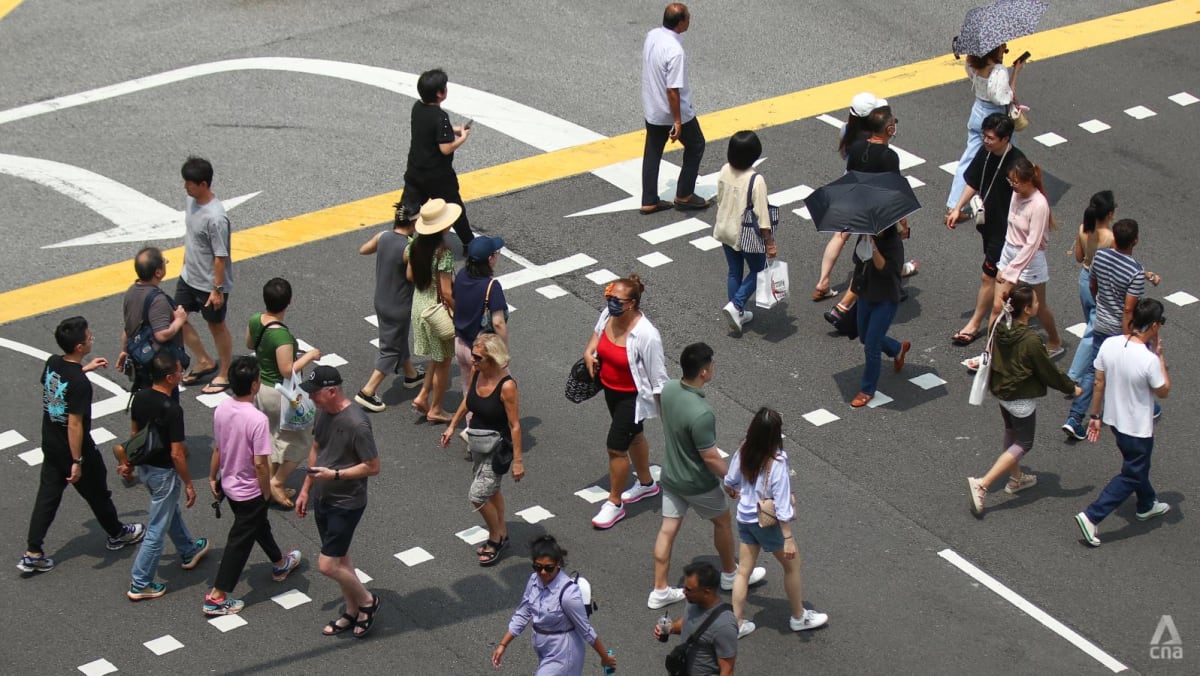
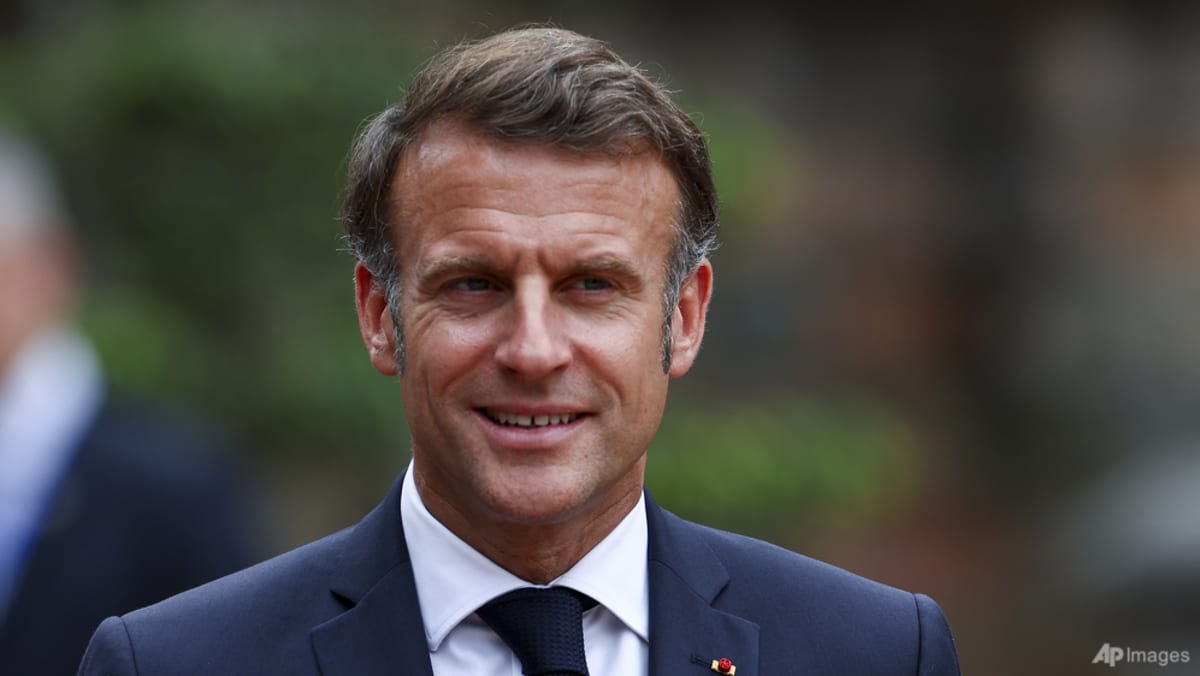












.png?itok=erLSagvf)
